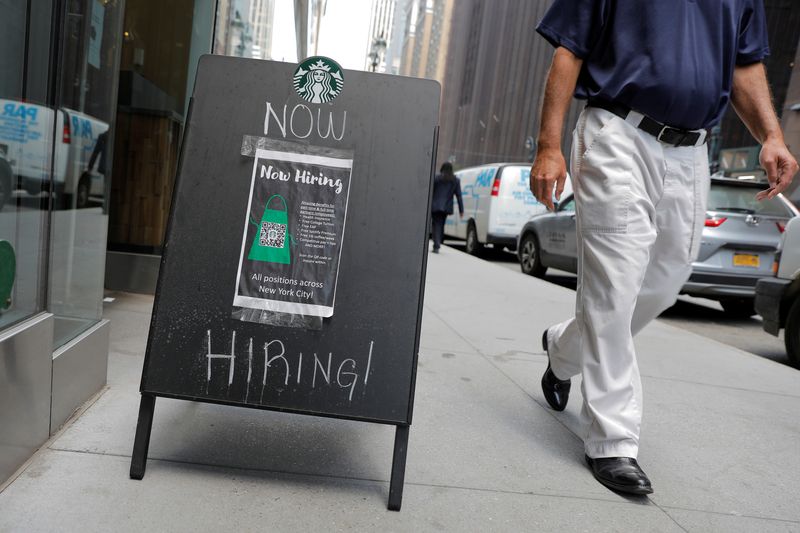Investing.com -- The number of Americans filing for first-time unemployment benefits rose by less than anticipated last week, suggesting that the US labor market remains reasonably healthy even after the Federal Reserve cut interest rates for the first time in over four years earlier in the week.
Initial jobless claims in the U.S. climbed to 219,000 in the week ended on Sept. 14, compared with a revised higher 231,000 in the prior week. Economists had forecast a consensus figure of 230,000.
The number of people receiving benefits after an initial week of aid, known as continuing claims, fell 14,000 to a seasonally adjusted 1.829 million.
The US central bank started its latest rate-cutting cycle on Wednesday, trimming interest rates for the first time since March 2020 by a hefty 50 basis points to a range of 4.75% to 5%.
Fed Chair Jerome Powell said that risks between higher inflation and more labor market weakness were now evenly balanced, and that the central bank was likely to cut rates further amid growing confidence that inflation will fall.
But Powell also said that the bank had no intention of returning to an ultra-low rate regime as seen during the pandemic, and that the Fed’s neutral rate will now be much higher than seen in the past.
Traders now see a 67% chance that the central bank will lower interest rates by 25 basis points at its November meeting, as per the CME Group's (NASDAQ:CME) FedWatch tool.
“If labor markets continue to soften, we could see more large cuts ahead. If job growth and the unemployment rate stabilize the path is clear for a gradual move back to neutral,” analysts at JPMorgan (NYSE:JPM) said in a note, released after the Fed's rate cut decision.
The firm anticipates a 50 basis point cut at the next meeting in early November, contingent on additional softening in the upcoming jobs reports.
“More benign labor data would, instead, seal the case for the FOMC’s goldilocks scenario of 25bp eases per meeting over the remainder of the year,” JPMorgan strategists said in a note.
